Olive Young - Techno Mart Sindorim Branch [Tax Refund Shop] (올리브영 신도림테크노마트 [사후면세점])
6.2Km 2024-04-22
B1, a section of Store #45, #46, 97, Saemal-ro, Guro-gu, Seoul
-
E-Mart - Sindorim Branch [Tax Refund Shop] (이마트 신도림 [사후면세점])
6.2Km 2024-04-17
B2 Techno Mart, 97, Saemal-ro, Guro-gu, Seoul
-
Bukchon Hanok Village (북촌한옥마을)
6.2Km 2025-06-19
37 Gyedong-gil, Jongno-gu, Seoul
Surrounded by Gyeongbokgung Palace, Changdeokgung Palace and Jongmyo Shrine, Bukchon Hanok Village is home to hundreds of traditional houses, called hanok, that date back to the Joseon dynasty. The name Bukchon, which literally translates to "northern village," came about as the neighborhood lies north of two significant Seoul landmarks, Cheonggyecheon Stream and Jongno. Today, many of these hanoks operate as cultural centers, guesthouses, restaurants and tea houses, providing visitors with an opportunity to experience, learn and immerse themselves in traditional Korean culture. As Bukchon Hanok Village is an actual neighborhood with people's homes, visitors are advised to be respectful at all times while looking around.
GULJAK TOPOKKI CHICKEN(걸작떡볶이치킨 서울신풍역)
6.2Km 2020-12-07
77 Sinpung-ro Yeongdeungpo-gu Seoul
+82-2-833-6636
You can enjoy Tteokbokki, Korea's representative street food. This Others restaurant is located in Yeongdeungpo-gu, Seoul. The most famous menu is stir-fried rice cake.
Chungmuro Jjukkumi Bulgogi (충무로 쭈꾸미 불고기)
6.2Km 2024-03-11
11, Toegye-ro 31-gil, Jung-gu, Seoul
+82-2-2279-0803
Opened in 1976, Chungmuro Jjukkumi Bulgogi is Michelin-starred restaurant. Their signature dish is jjukkumi (webfoot octopus), which is marinated in hot seasoning using traditional know-how. Grilled over charcoal with pen shells, it offers a perfect dish. The spicy and sweet jjukkumi goes well with the bean sprout soup. When you're done eating, fry up some rice and enjoy a delicious meal.
Hwaro heukdondon (화로흑돈돈)
6.2Km 2021-03-20
34, Donhwamun-ro, 5-gil, Jongno-gu, Seoul
+82-2-3675-0191
A place that’s popular among workers for group dinners. This restaurant's signature menu is grilled skin-on pork belly. This Korean dishes restaurant is located in Jongno-gu, Seoul.
Gahoe Museum (가회민화박물관)
6.2Km 2024-10-22
52 Bukchon-ro, Jongno-gu, Seoul
+82-2-741-0466
Opened in 2002, Gahoe Museum exhibits folk paintings and amulets reflecting the lifestyle and wishes of the Korean people from ancient times. Inside the Hanok gallery, visitors can immerse themselves in the traditions of Korea, including old paintings depicting people's lifestyle in the past and religious beliefs, and roof tiles in the shape of humans or goblins. Visitors will also find folding screens and religious objects used in the past that show skills and knowledge of Korean ancestors.
Seoureseo Duljjaero Jalhaneunjip (서울서둘째로잘하는집)
6.2Km 2024-03-15
122-1 Samcheong-ro, Jongno-gu, Seoul
+82-2-734-5302
Seoureseo Duljjaero Jalhaneunjip is a sweet red bean porridge and traditional tea house near Gyeongbokgung Palace. Sweet red bean porridge is a sweet and smooth dish typically containing chewy rice cakes and chestnuts. In Korea, it's a traditional food eaten during dongji (the shortest day and longest night of the year). They also offer traditional teas like ssanghwatang (herbal tonic tea), which contains seven medicinal herbs, sujeonggwa (cinnamon punch) with a blend of cinnamon and ginger flavors, and sikhye (sweet rice punch), a drink known for aiding digestion.
Onmaeul (온마을)
6.2Km 2021-03-22
127, Samcheong-ro, Jongno-gu, Seoul
+82-2-738-4231
A place that sells dishes made with beans, which are good for the health. This restaurant's signature menu is pureed soybean stew. This Korean dishes restaurant is located in Jongno-gu, Seoul.
Hyosajeong Pavilion (효사정)
6.2Km 2025-01-13
55, Hyeonchung-ro, Dongjak-gu, Seoul
+82-2-820-9848
Hyosajeong Pavilion is where Nohan, the second vice premier of the Joseon dynasty during King Sejong and King Sejo’s reign, stayed. After he lost his mother, he built the pavilion to mourn at her grave while still being able to see his father’s grave in Gaeseong to the North. His brother-in-law, then Minister of the Interior, Gang Sa-deok named the pavilion “Hyosajeong,” which means pavilion of filial piety.
In order to find the original location of the pavilion, poems by Jeong Inji and Seo Geojeong and an old map of Korea were referenced, but the pavilion was not found because the surrounding landscape had changed too much. As a result, a location was selected and the pavilion was reconstructed at its current location. The house is 3 kan* in the front and 2 kan* on the side. The roof is a hip-and-gable roof. The pavilion has one room with under floor heating and a railing around the pavilion
(* kan: a traditional measurement that corresponds to the space between two columns)
![Olive Young - Techno Mart Sindorim Branch [Tax Refund Shop] (올리브영 신도림테크노마트 [사후면세점])](http://tong.visitkorea.or.kr/cms/resource/02/2880202_image2_1.jpg)
![E-Mart - Sindorim Branch [Tax Refund Shop] (이마트 신도림 [사후면세점])](http://tong.visitkorea.or.kr/cms/resource/96/2880196_image2_1.jpg)
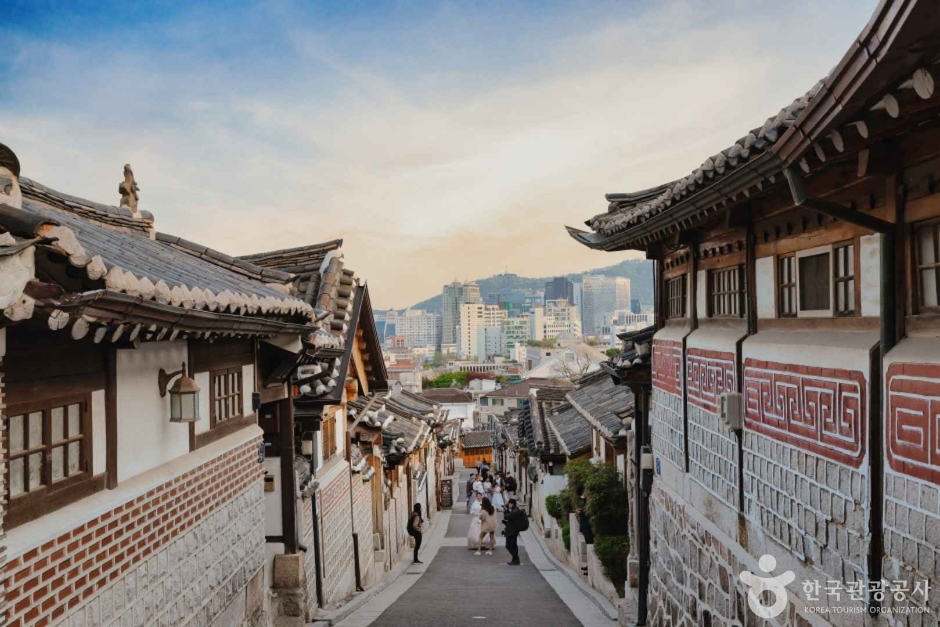
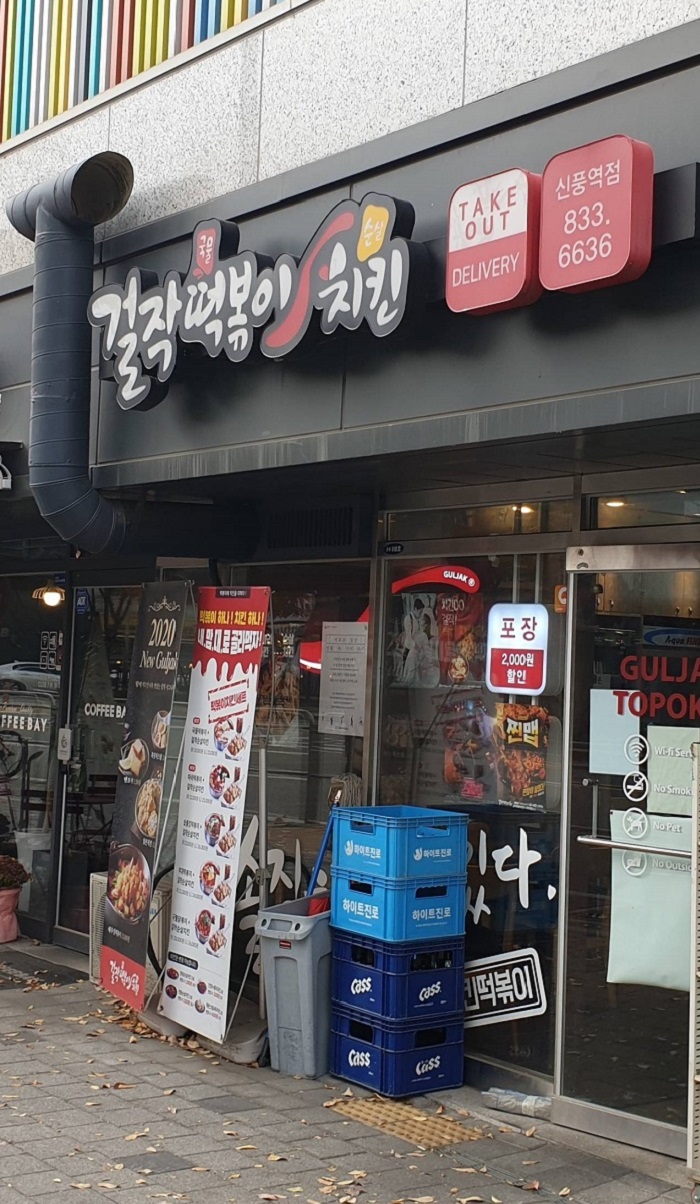

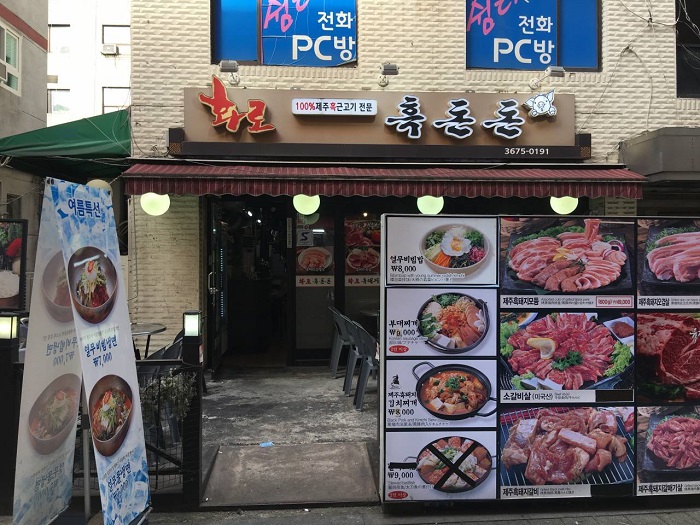
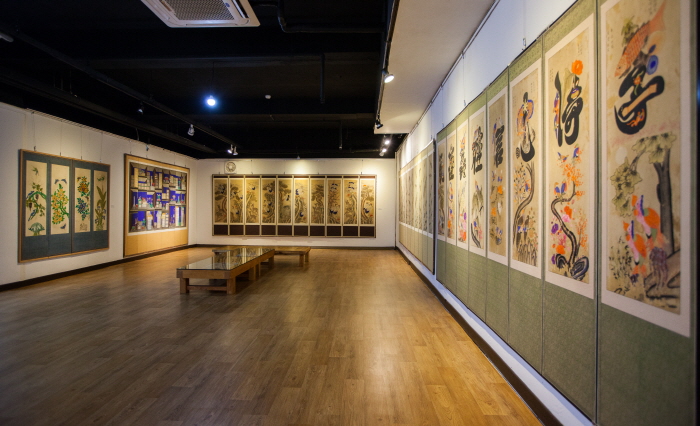
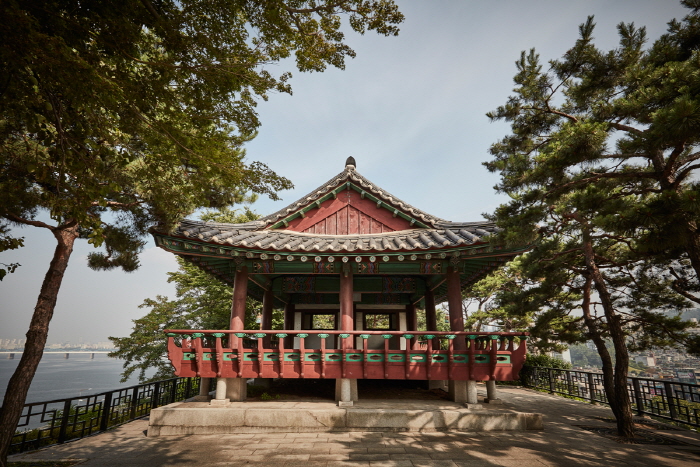
 English
English
 한국어
한국어 日本語
日本語 中文(简体)
中文(简体) Deutsch
Deutsch Français
Français Español
Español Русский
Русский